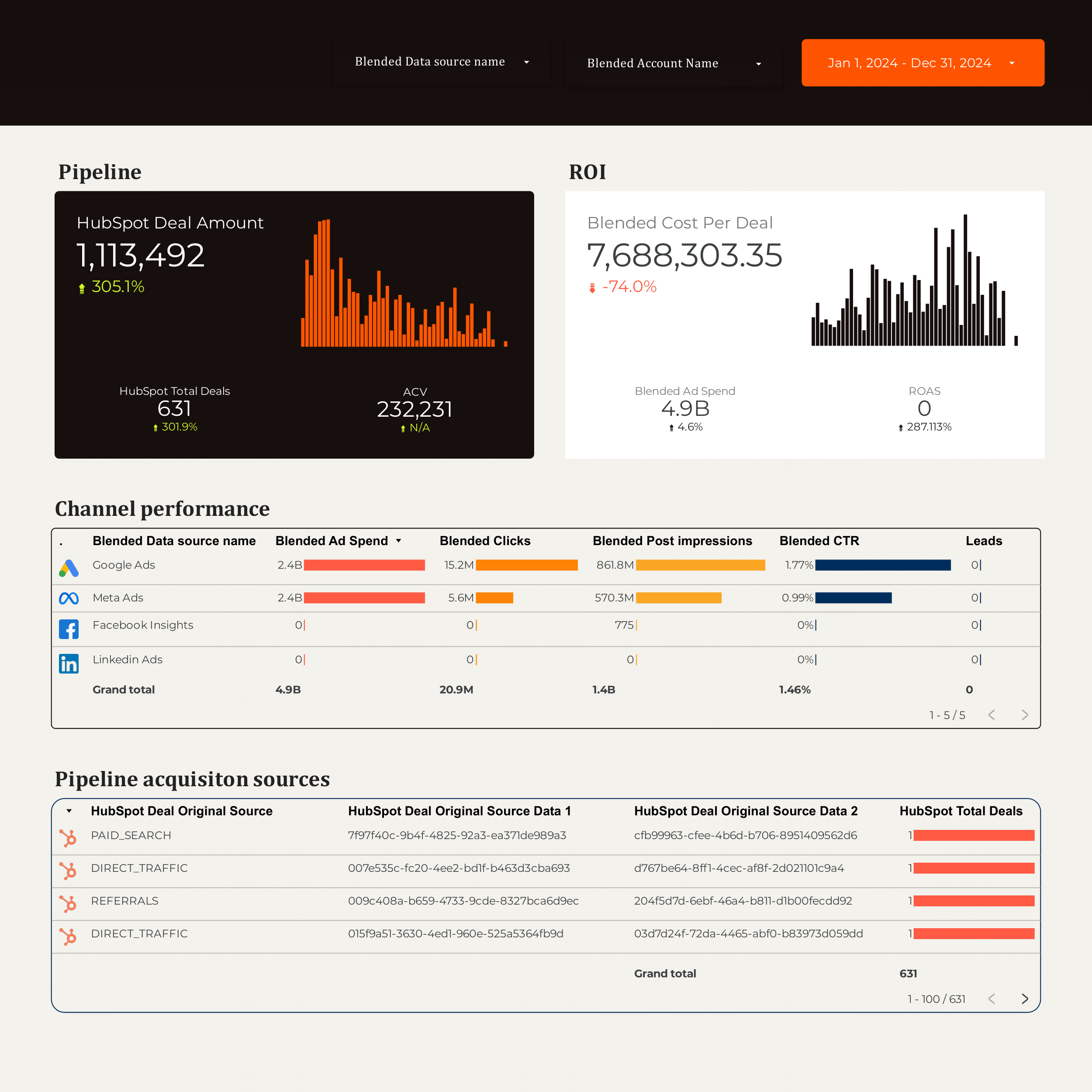When managing paid campaigns, intuition isn’t enough—you need data. That’s where Key Performance Indicators (KPIs) come in. KPIs are the metrics that show whether your ads are doing what they’re supposed to. They help you evaluate success, detect problems, and make smart decisions. In this article, you’ll learn the most important KPIs in paid traffic, how to track them, and what they really tell you.
What Are KPIs?
Key Performance Indicators (KPIs) are quantifiable metrics used to evaluate the effectiveness of an advertising campaign. They help you answer key questions like:
- Is my campaign profitable?
- Are people clicking and converting?
- Is my cost sustainable?
You set KPIs based on your business goals and campaign objectives.
Essential KPIs in Paid Traffic
1. CTR (Click-Through Rate)
Shows how compelling your ad is.
Formula: Clicks ÷ Impressions
Higher CTR = better ad engagement
2. CPC (Cost Per Click)
How much you’re paying per click.
Formula: Total Spend ÷ Clicks
Lower CPC = more traffic for less
3. CPA (Cost Per Acquisition)
Cost to get a lead or customer.
Formula: Total Spend ÷ Conversions
Ideal for tracking efficiency
4. ROAS (Return on Ad Spend)
How much revenue you earn per dollar spent.
Formula: Revenue ÷ Ad Spend
ROAS > 1 = profit
5. Conversion Rate
Percentage of clicks that turn into actions (leads/sales).
Formula: Conversions ÷ Clicks
6. Impressions and Reach
Volume of views and unique users.
Good for awareness and branding
7. Frequency
Average number of times someone sees your ad.
High frequency + low CTR = ad fatigue warning
How to Choose the Right KPIs
- Match KPIs to your campaign goal
- Awareness = Impressions, Reach
- Consideration = CTR, CPC
- Conversion = CPA, ROAS
- Track a combination of early and late-stage KPIs
- Avoid “vanity metrics” unless tied to real outcomes
Tools to Track KPIs
- Meta Ads Manager
- Google Ads
- Google Analytics 4
- UTM Parameters in links
- Looker Studio or DashThis for dashboards
- CRM tools for lead tracking and sales attribution
Best Practices
- Track KPIs daily but assess trends weekly
- Use benchmarks for your niche to identify outliers
- Always A/B test elements that impact KPIs (ad copy, creative, audience)
- Tag campaigns with UTMs for source clarity
- Regularly report and revise based on KPIs, not assumptions
Final Thoughts: If You Don’t Measure It, You Can’t Improve It
KPIs are not just numbers—they’re the foundation of performance marketing. When you track the right indicators, you gain clarity, optimize efficiently, and scale with confidence. Whether you’re managing $50 or $50,000 in ad spend, knowing your KPIs puts you in control.

